There are few things as beautiful to see as a garden full of butterflies fluttering in the summer sun. But unfortunately, your fluttering friends need help to stay alive, especially in urban areas. That’s because large areas of the natural habitat butterflies need to survive has been destroyed for the sake of urbanization and other human activity. And if no one cares about the preservation of butterflies, some varieties might die out completely. Luckily, you’ll be able to join a community of people who care about keeping the butterflies safe, and contribute to creating a safe home for them while enjoying their presence in your garden.
Do Your Research
Depending on where you live, you can expect to find different species of butterflies. When starting your butterfly garden, it’s always best to do some research about what species you’ll be able to attract to your garden, which species are most common in your area and what the different kinds of butterflies like to eat.
Once you know what kind of butterflies naturally occur in your area, you can decide which types you would like to attract to your garden. This will be an important step in planning your garden, as not all butterflies prefer the same things, so knowing which ones you’re trying to cater to will help you make your garden the perfect spot for them. If you’re lucky, you might even be able to attract some of the less common butterfly species by designing your garden especially for them.
Location, Location, Location
This doesn’t only count for real estate! Butterflies like sunny areas, so it’s best to avoid planting your garden in a very cool, shady area, as this in unlikely to attract a lot of fluttering friends to your place. Despite this, you should still provide some shelter for the butterflies by adding plants and other garden elements to block the wind and provide at least some shade.
Remember the Caterpillars
It’s easy to think about butterflies as being majestic insects with colorful wings, but to make your butterfly garden a place that helps to conserve butterflies in your area, you have to consider the insect’s whole life cycle and create a favorable habitat to support new generations of butterflies from breeding.
To do this, you’ll have to know what plants caterpillars like to eat, especially caterpillars that belong to butterfly species you’re trying to attract. Although you might not like the idea of caterpillars in your garden, most are harmless. And, of course, if butterflies aren’t able to breed, we also wouldn’t be able to enjoy them.
Nectar – Food of the Butterflies
Because of Greek mythology, nectar is likely to make you think of ancient gods. According to some, the ancient Greeks believed that drinking nectar would lead to longevity and even immortality.
In reality, however, we know this isn’t true, but nectar is still important for the sustenance of life as we know it. Butterflies and bees feed on nectar, so adding more plants to your garden that contain nectar can greatly help to support both of these insect types to keep natural life cycles from continuing naturally. This benefits, not only them, but nature as a whole.
Butterfly Flower Power
Because butterflies feed on nectar, they quite literally get their energy, or power, from flowers. But there are certain flowers that butterflies tend to like more than others. Butterflies like flowers with buds that provide a good spot for them the land and take a sip of nectar easily. So in order to create the perfect butterfly garden, be sure to learn more about planting the ideal garden bed for your preferred species.
Add Puddles
Butterflies need to drink, but they can’t really drink from deep ponds, so adding a few shallow water sources like puddles can greatly to help attract more butterflies to your garden. As an added bonus, having a few shallow water sources will also prevent bees from drowning.
How About a Butterfly House?
There’s nothing wrong with changing your garden to attract colorful visitors. But your friends might come and go if you have no way to keep them inside. If you’re serious about the conservation of a rare butterfly species, you might be able to contribute by breeding them in a butterfly house specially designed to cater to their needs.
But of course, you don’t have to be uniquely concerned for the conservation of butterflies to enjoy an enclosed garden. Adding a screen room to your house can provide plenty of benefits for gardeners who aren’t particularly concerned about preserving butterflies at all. The benefit of a screen room is that it can double up as a greenhouse to keep your plants safe from bad weather conditions.
Most plants aren’t very happy growing indoors unless they aren’t situated in a pot directly in front of a window where lots of sun shines in. But because a screen room consists mostly of glass, you can help your plants get all the sun they need while protecting them from the harshness of wind, frost, hail and other harmful weather conditions that would ruin them if they were planted outside.
If you’re interested in adding a butterfly house or screen room to your home, feel free to get in touch with Sunrooms Express Knoxville for more information on pricing and construction.


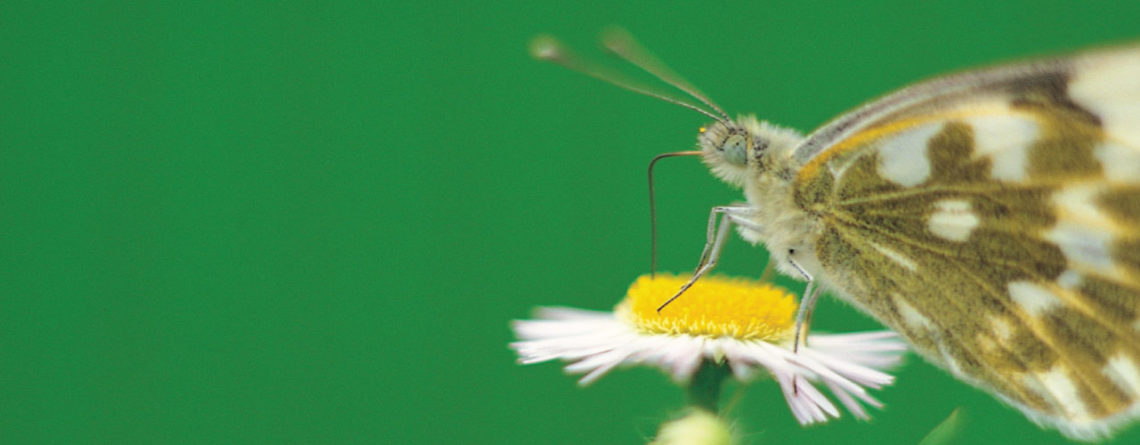

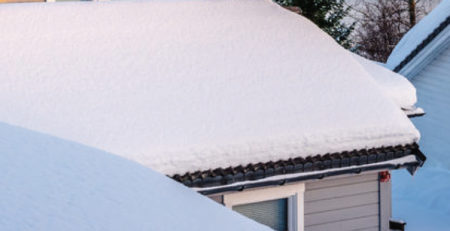
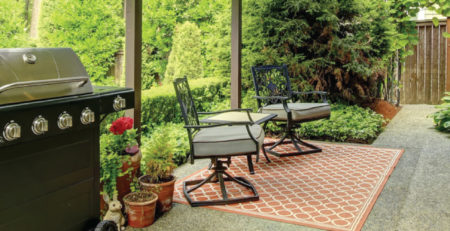
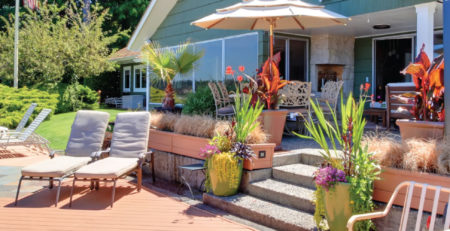
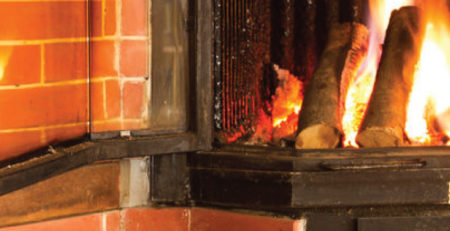
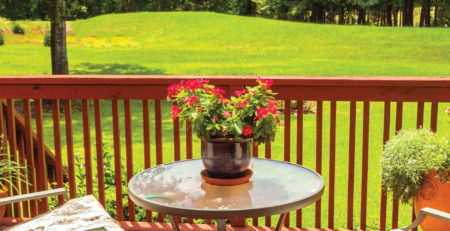
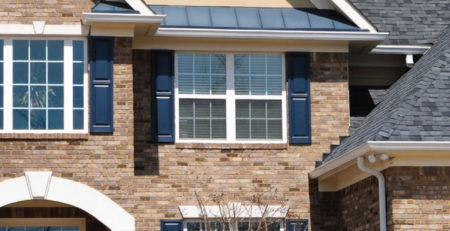
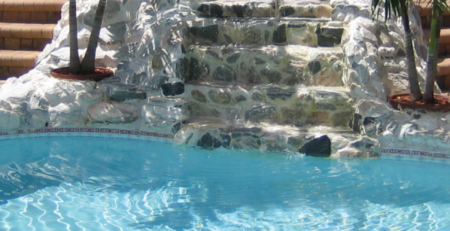
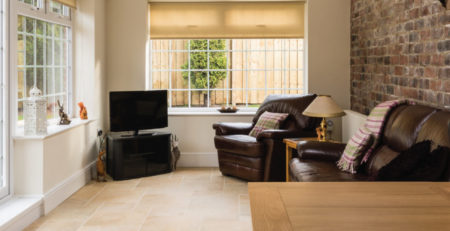

Comments (2)
[…] Read More […]
[…] Read More { "@context" : "http://schema.org", "@type" : "Person", "name" : "Sunrooms Express Knoxville", "url" : "", "sameAs" : [ ] } Sunrooms Express Knoxville […]
Comments are closed.